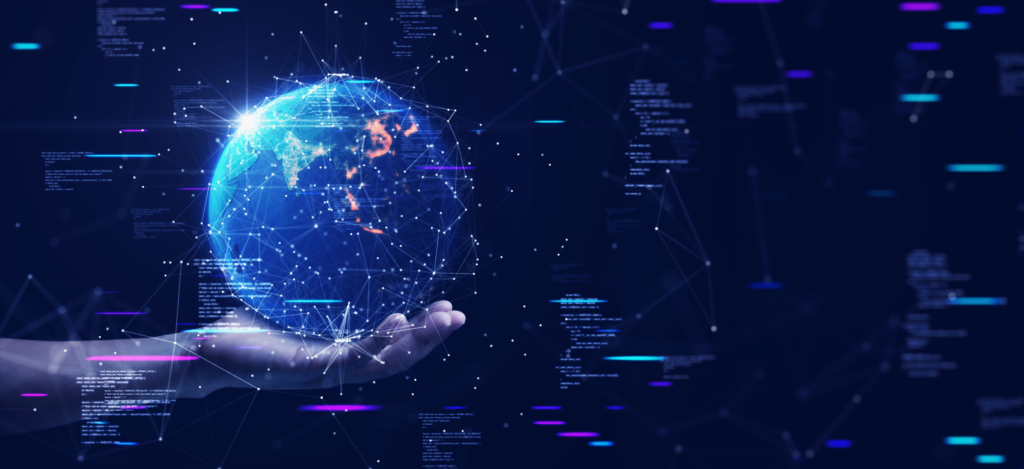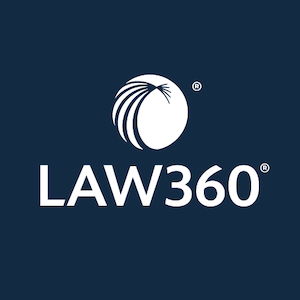In 2020, 11:11 CEO Brett Diamond noticed a gap in the market. Virtually every company relied on cloud, connectivity, and security solutions, but no technology organization provided all three. Diamond founded 11:11 Systems to meet that need – and 11:11 hasn’t stopped growing since. Leaders across every industry depend on its resilient cloud platform operated by a team of industry veterans and experts with extensive networking, connectivity, and security expertise. “Our valued customers include everything from global, Fortune 500 brands to startups that all rely on IT to do business and achieve a competitive advantage,” says Dante Orsini, chief strategy officer at 11:11 Systems. “We provide enterprises with one platform they can rely on to holistically address their IT needs today and in the future and augment it with an extensive portfolio of managed services – all available through a single pane of glass. We believe that IT teams, and the operational leaders and business functions they support, need a partner like 11:11 Systems that is capable of modernizing, protecting, and managing their entire IT estate.” Orsini notes that it has never been more important for enterprises to modernize, protect, and manage their IT infrastructure. He points to the ever-expanding cyber threat landscape, the growth of AI, and the increasing complexity of today’s global, highly distributed corporate networks as examples. “Many organizations are at an inflection point where they see the value in AI and realize it may have the potential to radically improve their business, but they need an experienced partner to guide them to modernize the systems that effective AI programs require,” adds Orsini. “They also know that the attack surface is increasing and that they need help protecting core systems. They are intently aware that they no longer have an IT staff that is large enough to manage an increasingly complex compute, networking, and storage environment that includes on-premises, private, and public clouds. We enable them to successfully address these realities head-on.” 11:11 Systems offers a wide array of connectivity services, including wide area networks and other internet access solutions that exceed the demanding requirements that a high-performance multi-cloud environment requires. It also delivers security services and solutions – including best-in-class firewalls, endpoint detection and response, and security information and event management – needed to address the most stringent cyber resiliency requirements. Notably, the company’s extensive cloud solutions portfolio, including the 11:11 Public Cloud and 11:11 Private Cloud, draws on those offerings and includes numerous services, such as Infrastructure-as-a-Service, Backup-as-a-Service, Disaster Recovery-as-a-Service, and full multi- and hybrid cloud capabilities. These ensure that organizations match the right workloads and applications with the right cloud. Orsini also stresses that every organization’s optimal cloud journey is unique. “We look at every business individually and guide them through the entire process from planning to predicting costs – something made far easier by our straightforward pricing model – to the migration of systems and data, the modernization and optimization of new cloud investments, and their protection and ideal management long-term,” he says. “We also offer flexible month-to-month bridge licensing options for existing hardware, giving customers time to make informed long-term decisions for their business. And throughout all of this, we enable them to draw on the VMware assets they know and trust.“ Justin Giardina, CTO at 11:11 Systems, notes that the company’s dedicated compliance team is also a differentiator. It offers oversight capabilities that exceed the requirements of industry bodies like the Payment Card Industry Data Security Standard, Health Insurance Portability and Accountability Act, and Europe’s General Data Protection Regulation. “At 11:11 Systems, we go exceptionally deep on compliance,” says Giardina. “We encourage customers to look at our data centers, review our compliance controls, and see how our support tickets are processed – a key point in data sovereignty – all while using a platform that delivers incredible visibility.” A network built by architects for architects “In addition to centralizing cloud, connectivity, and security offerings, we built our platform to address the needs of organizations with thousands of applications,” adds Giardina. “It also offers exceptional transparency. So, if a customer wants to monitor or see everything that is happening across their locations, like CPU ready times or latency, that intelligence is readily visible.” Giardina notes that VMware by Broadcom technologies are used throughout the platform. “VMware’s technologies are at the core,” he says. “Administrators often take things like high availability that are native to VMware’s offerings for granted. Even out of the box, they enable incredible resiliency, which is why some customers move to our platform from hyperscalers. It’s also far easier to migrate VMware-based systems to our VMware-based cloud without expensive retooling while maintaining the same processes, provisioning, and performance.” 11:11 Systems offers Catalyst, an application it developed that allows customers to look at their existing infrastructure, identify what workloads need to migrate to the cloud, and complete an analysis that identifies any challenges that must be addressed upfront, including how long it will take to move the data, and other variables. It’s another way that Orsini believes a VMware-based infrastructure supports success in the cloud. “Many are not yet familiar with VMware Cloud Foundation (VCF), but you won’t find a better environment in which to run a production application,” he says. “At 11:11, we offer real data on what it will take to migrate to our platform and achieve multi- and hybrid cloud success. For customers who are unprepared to upgrade and are considering exiting the data center business, our expertise and platform can help navigate the transition effectively and drive the proper outcome. In Catalyst, they can see what a successful plan looks like. And while we believe we’ve built the best platform, we also thrive helping customers that need to use hyperscalers. We enable them to bring everything together so that their multi-cloud infrastructure addresses the most demanding business continuity and cyber resilience requirements.” For more information on 11:11 Systems visit here. Look to CIO.com for stories about the industry-leading providers in the Broadcom Advantage Program and










